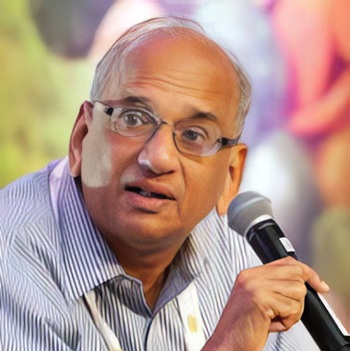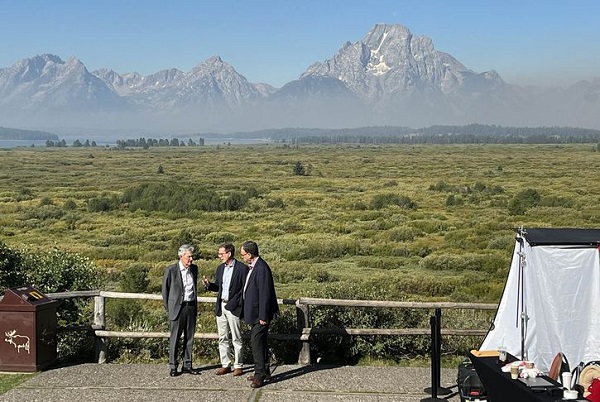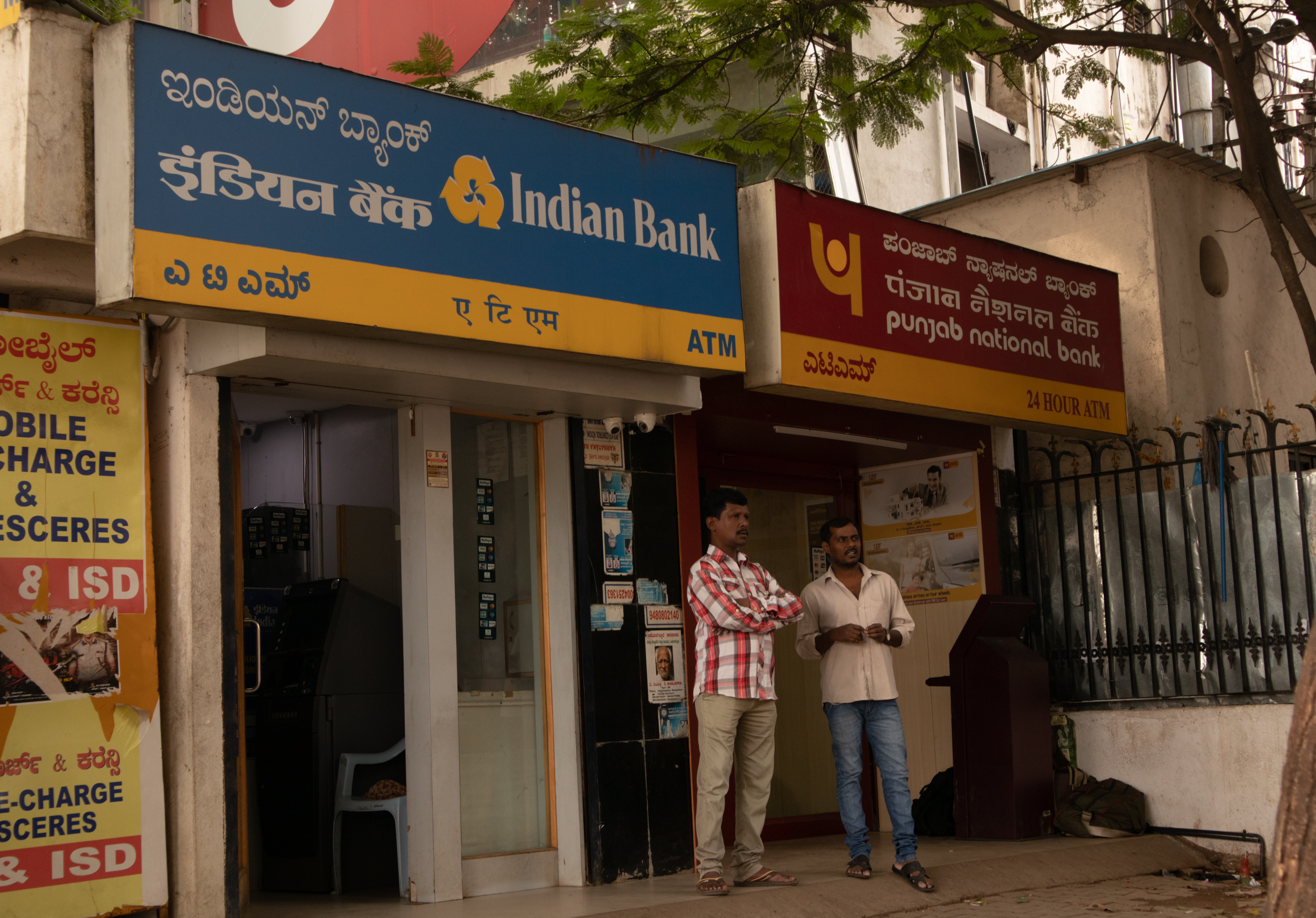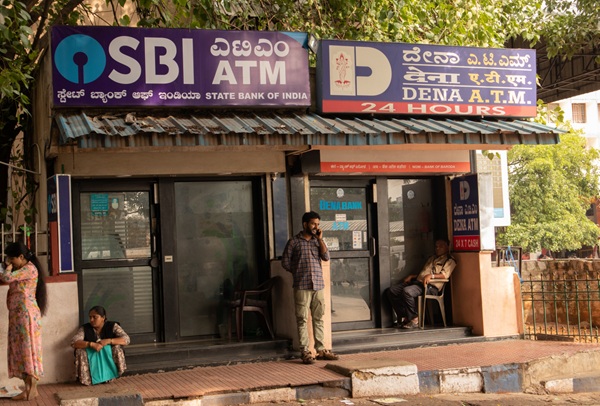.png)

By G. Chandrashekhar
Chandrashekhar is an economist, journalist and policy commentator renowned for his expertise in agriculture, commodity markets and economic policy.
September 18, 2025 at 9:35 AM IST
The United States treats imports as a weapon. With $3.2 trillion of annual inflows or 13% of total global imports, it bullies partners into accepting tariffs as the price of access. The world’s largest economy leverages tariffs to ease its twin deficit concerns, and demands respect for its ‘import power’.
China, too, turns its $2.5 trillion import bill, which is about 11% of global imports, into leverage. With a $270 billion goods trade surplus with the US, it is counter-punching Washington with soybeans, meat and cotton.
India, eighth on the global list with $750 billion of imports, has never learned that trick. Major imports constitute crude oil, precious metals, vegetable oils, coking coal, electrical and electronic products, machinery, steel, and more.
And nowhere is this failure more glaring than in gold. We ship in 750-800 tonnes a year, worth $55–60 billion—one-fifth of the global market—and yet we have no say in setting prices. London and New York dictate the terms, while we follow the ticker.
For a society where gold is at once mythology, savings, and social security, this is a national blind spot. Twenty-five years of liberalised imports have still left us a price-taker. The question is not whether India should set the benchmark. It is why a consumer of our size and cultural depth has so little voice.
Structural Weakness
The reason is simple: volume without credibility means nothing. A price-setter needs a predictable policy regime. Ours shifts with every Budget speech. Duties and tariffs lurch around, leaving the trade forever on edge.
Countries that set the prices are not only large producers or consumers, but also an integral part of the global value chain with substantially unrestricted foreign trade, easy currency remittance facility, transparent spot market, and high quality assurance.
In India, the market itself is opaque.
The grey channel flourishes, smuggling in bullion that distorts purity, prices and payments. Policymakers may look away, but this shadow trade corrodes legitimacy. Without traceability—from fund source to retail bar—trust will not take root. No one knows if it is ‘clean money’. Extraordinary measures are necessary to contain the grey market, including stricter surveillance and tougher penalties for offenders.
In short, the gold market needs a system of end-to-end traceability, including ‘source of funds’, which in turn will enhance transparency and good trading practices, while boosting market confidence.
Quality is another casualty. Under-carating is the market’s bane. Strict enforcement of consumer protection law is necessary. Hallmarking infrastructure needs to expand substantially and certification costs must be affordable.
Soft infrastructure is no better: poor data, artisanal skill gaps, and a reliance on anecdotes rather than science. In the absence of scientifically captured data, speculative elements often enjoy ‘information arbitrage’.
Layer onto this our restrictions: exports of bars are banned, imports channelled through nominated agencies, capital accounts closed to free convertibility. Currency convertibility remains a roadblock, despite more liberal remittance rules in recent years.
Add regulators tripping over each other—ministries of Finance, Commerce, Consumer Affairs, and regulators like RBI and SEBI—all working in silos. The result is a system built for confusion, not confidence. We need much greater coordination and clarity in policymaking and implementation of rules.
While these are ‘necessary’ conditions for moving ahead, they may not be ‘sufficient’ to achieve the objective. Gold cannot remain a ‘demerit commodity’ in the policy imagination. It is an asset class that deserves stable, long-term rules.
Grey channels must be shut down with real enforcement, not token seizures. Quality must be non-negotiable. Hallmarking should be ubiquitous and affordable, assaying infrastructure expanded, and under-carating punished. Skills and technology need investment, while reliable, transparent data flows must replace the current information vacuum.
Trade, too, has to open up. India cannot aspire to lead while shackled by export bans and controlled agencies. Over time, cautious steps towards capital account convertibility would give confidence to international players. Above all, regulatory oversight needs consolidation and clarity—one voice, not five.
Even with reforms, reputation will decide the outcome. Global investors will judge us on consistency, ease of doing business and the belief that contracts survive political cycles. Without that trust, even the largest import bill is just a number.
We can remain a silent consumer, or build the credibility to speak in the language of benchmarks. Import muscle is not enough. Until we clean our market, organise our system and earn the world’s trust, India’s gold power will remain squandered.




